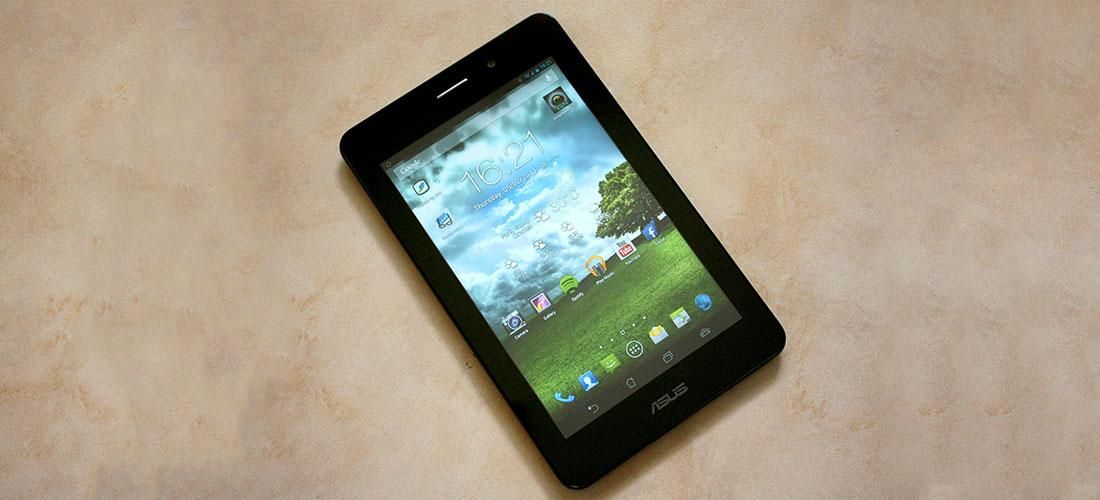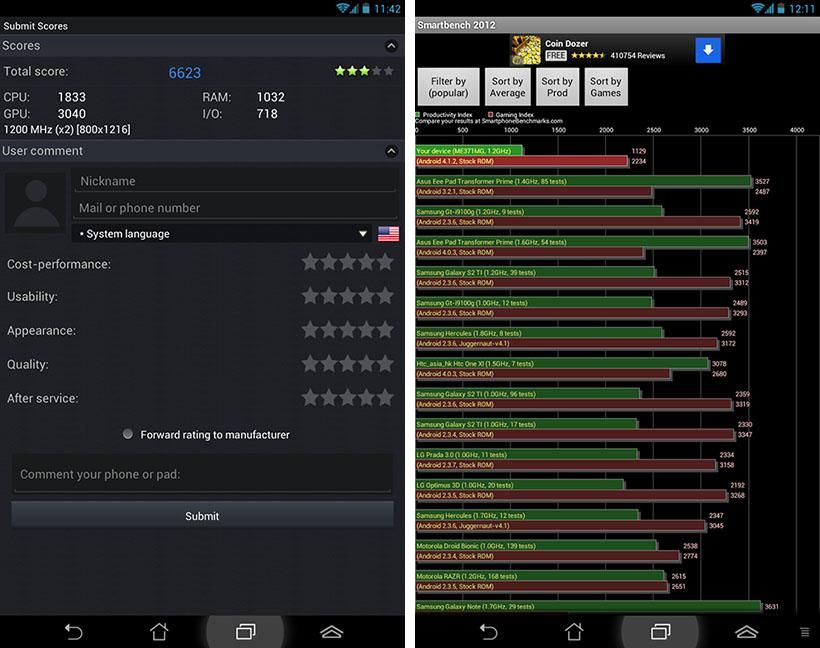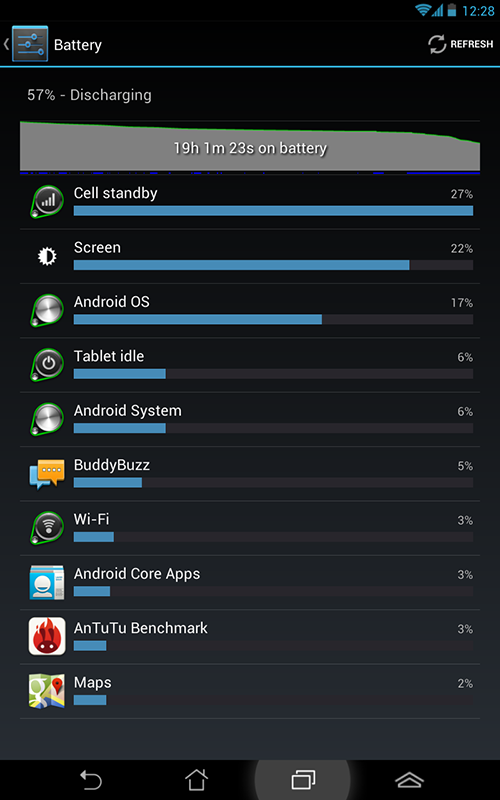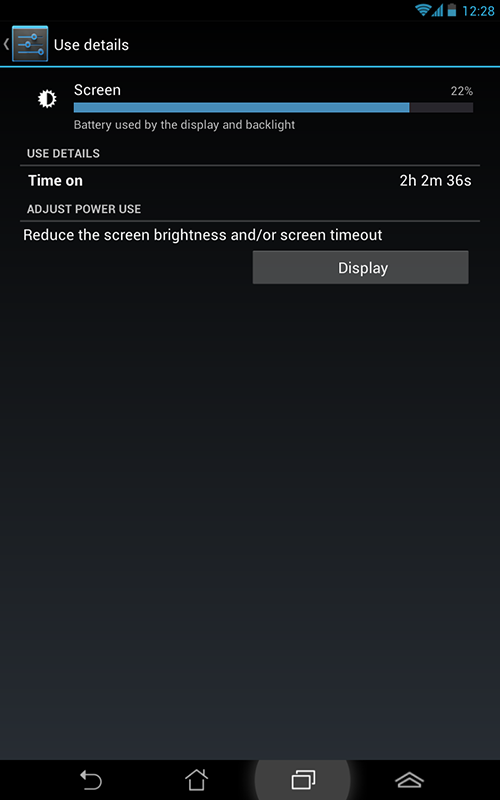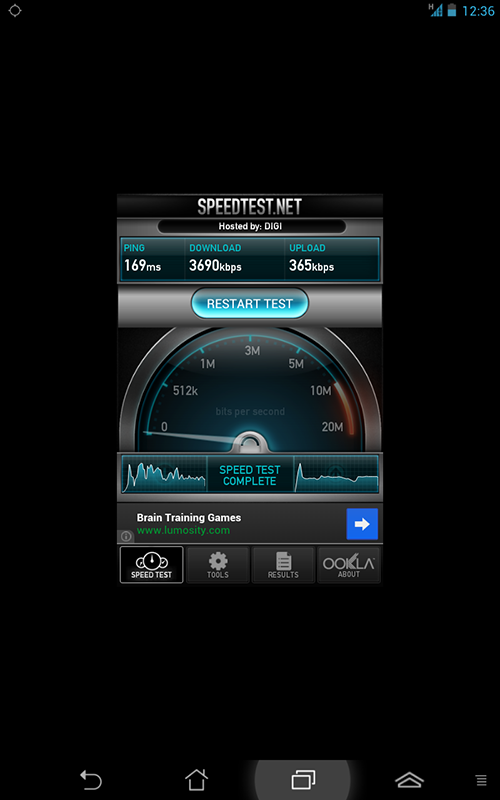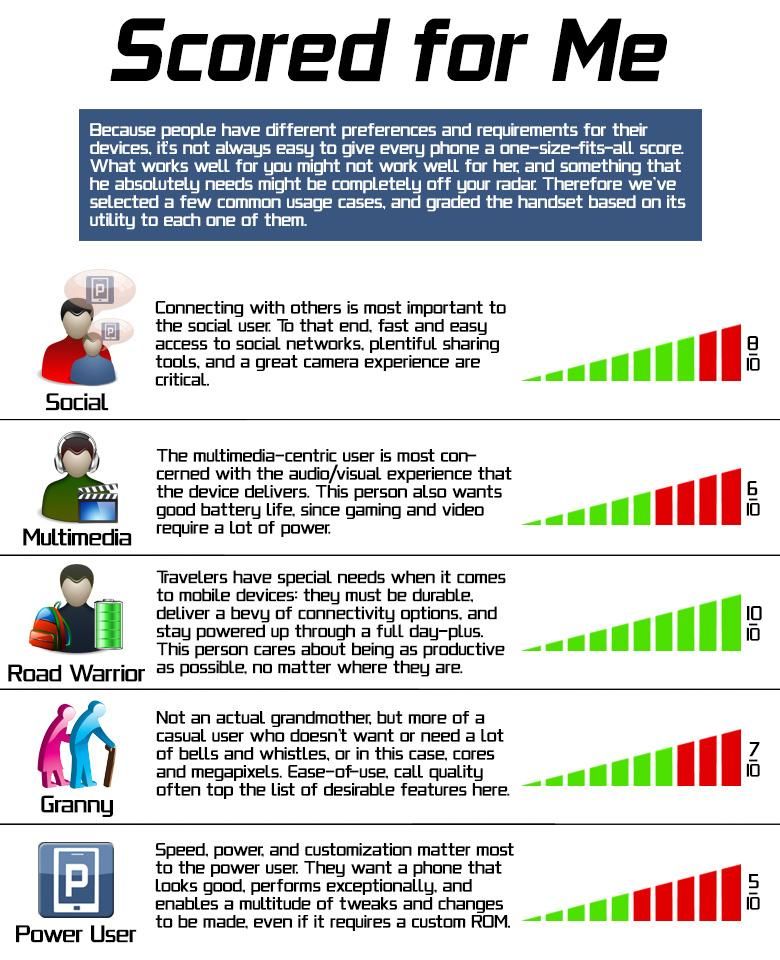The Fonepad is a first effort from ASUS, and a decent one at that, though often frowned upon. It’s not the only tablet on the market that is equipped with a physical earpiece, but it is part of a select few products from companies that try to address a specific, though not overly popular, need of the market.
If you do a lot of on-the-go work on your tablet you surely know the feeling of carrying around another device: a phone. Whether that’s for tethering or, most of the time, calls, it really depends on your particular needs. While you can easily overcome the phone-tablet combination while tethering — by getting a cellular enabled tablet — it’s not so easy for phone calls. Up until just recently you only had two options for taking calls on your tablet: speakerphone or Bluetooth accessories. So why not include an earpiece for those who don’t mind (or even prefer) this over the other — often impractical — solutions?
We’ve spent an entire week with the ASUS Fonepad, using it as our daily driver, heroically withstanding the “WTF-looks” people were throwing our way when putting it up to our heads. So, join us as we take a close look at this hybrid in our full ASUS Fonepad review, examining all the aspects on the outside, as well as the inside, of the Fonepad.
Video Review · Specs · Hardware · UI · Camera · Performance · Battery Life · Call/Network · Pricing/Availability · Conclusion · Scored For Me
Video Review, Comparisons & Unboxing
Performance
Despite being no powerhouse on paper — and we’re specifically referring to the single-core 1.2GHz Intel ATOM Z2420 processor — the Fonepad is doing a decent job at coping with tasks. The “Android optimization” Intel talks about really shows, and Project Butter on Android Jelly Bean helps a lot in making things fluid.
That’s not to say that you will have a lag- and stutter-free experience but we’re generally happy with how the device behaves (considering its specs). The benchmark score below should give you an idea of how the ASUS performs compared to some of today’s tablets but we all know that benchmarks are only half of the story; real-life performance sometimes seems to reflect them, while other times it can seem to contradict benchmark scores.
|
Test name |
ASUS Fonepad |
Google Nexus 7 |
Google Nexus 10 |
Samsung Galaxy Note 8.0 |
|
AnTuTu |
6623 |
10473 |
13509 |
16909.20 |
|
Quadrant Standard |
2284 |
3583 |
4193 |
6782.6 |
|
Linpack Single-thread |
77.48 |
N/A |
135.01 |
65.46 |
|
Linpack multi-thread |
71.65 |
N/A |
180.79 |
158.81 |
|
Smartbench 2012 |
1129 |
5439 |
3285 |
5925.6 |
|
Geekbench 2 |
566 |
1438 |
2454 |
1999.4 |
|
Sunspider (lower is better) |
N/A |
1680 |
1358 |
962.8 |
While using the Fonepad for your daily apps, including e-mail, calendar, browsing, social, navigation, phone calls, music, streaming, and so on, you will have no problems. Some apps launch almost instantly, while some apps will need you to wait one or two seconds. It’s when you try to play a higher-end game when the Fonepad stutters, but not horribly. Overall, it offers solid performance (considering the specs).
It will definitely lag sometimes when pinching out or in on home screens, but we tend to believe that’s an ASUS issue and not one related to Android or the CPU. Internet browsing is on-par with the Nexus 7 and even the iPad mini as long as you use the Android browser and not Chrome. If you choose Chrome, you better have patience!
Going in and out of menus and screens is most of the time fluid and lag/stutter free, but you’ll see the occasional frame-drops.
Battery Life
Battery life is a category where the Fonepad excels. With moderate-to-heavy use you’ll definitely get a full day’s worth of battery life, and if you go light-to-moderate you can even go as high as one-and-a-half, two days. That’s without enabling the power saving option; you can choose one of the following three Smart saving choices: ultra-saving mode, optimized mode, and customized mode.
Without enabling any power saving options we got anywhere between a full day and one-and-a-half days worth of battery life while using the tablet for: three-to-five phone calls, just as many text messages, social media apps, YouTube video streaming, Spotify music streaming, about 50-or-so incoming e-mails and about 10-15 outgoing messages, calendar activity, slight mapping and navigation actions, internet browsing, etc.
The AnTuTu battery life tester, which recently became our standard benchmark analytic for reviews, is sadly not available on the ASUS Fonepad. However, during the six-day period we’ve used the Fonepad we managed to get a real sense of how battery performs. You can definitely rely on it for an entire day’s worth of moderate-to-heavy use, both as a tablet, and as a phone.
Call Quality/Network Performance
Using the Fonepad around Oradea, Romania, under the steady HSDPA umbrella, we can tell you that the device performance was solid. The Fonepad managed to hold on to the poorest signal while reporting one-bar-stronger signal than other device in the same spot. Call quality, as well as the data connection, was stable, steady, and we didn’t get any dropped calls, with good sound on both ends.
Cellular speeds varied depending on coverage, from anywhere between 3690 kbps and 7124 kbps.
Speakerphone performance was also good, thanks to the larger (tablet-sized) unit on the back, though we are in a stage where we really wish for front-firing speakers on every device.
Pros
+ phone functionality via earpiece
+ affordable price
+ decent performance
+ good battery life
+ solid build quality
+ aluminum back
+ close to stock experience
Cons
– screen is extremely difficult to clean (and maintain clean)
– mediocre screen
– no main camera on our review unit
– decent performance
– Nexus 7-like design becoming old
– back cover is difficult to remove
– only Android 4.1.2 out of the box
– Android tablet app ecosystem is poor (but constantly improving)
Pricing and Availability
This particular ASUS Fonepad unit set us back $333 in Romania, but you can get it cheaper, depending on the region you are living in. Also, some regions, like Italy, get the version equipped with the main shooter on the back, which really eliminates all reasons to carry another device (phone, camera, etc.) in addition to the Fonepad.
Conclusion
If you are not in the target audience for the Fonepad (namely those who don’t want to carry a phone for calls alongside a tablet for work) then the ASUS tablet will be less appealing. It is, however, a cheap Android tablet you’ll enjoy most of the time, if you are light-to-moderate as far as your daily usage is concerned.
If you have absolutely no need for phone capabilities then you should check out the Nexus 7, which is also a cheap and exceptional tablet, or you might want to wait until Google shortly releases a follow-up. Then again, there’s always a more costly alternative: the Samsung Galaxy Note 8.0.
However, if you often find yourself being on-the-go, the Fonepad is an excellent choice offering the best of both worlds: phones and tablets. It will do its best to never let you down (even if you sometimes have to wait a second or two for it to do something) and the battery will surely be to your liking; all this while never missing a call or a text.
However, if you don’t necessarily have to have phone capabilities and you don’t care whether your tablet is running Android or iOS, the Apple iPad mini is also a great alternative.

